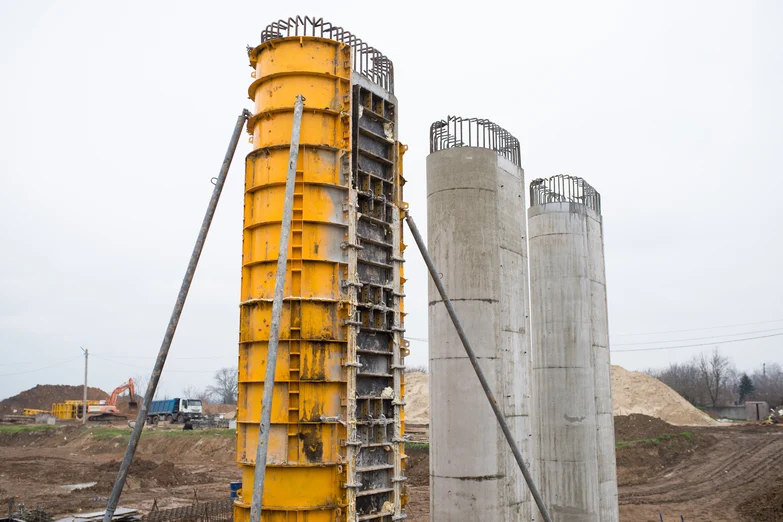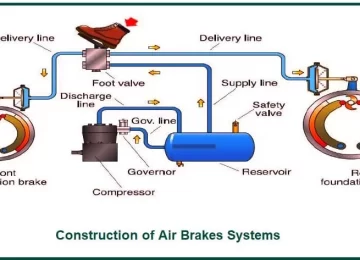Construction projects involve complex sequences of operations, from excavation and formwork to crane erection and structural assembly. At each stage, temporary systems are required to support the safe and efficient progression of the build. That’s where temporary work engineers come in — professionals who design and oversee structures and supports that don’t form part of the final building, but are essential for getting it safely constructed.
Whether it’s shoring, scaffolding, or temporary retaining walls, these components demand the same level of engineering rigor as permanent structures. Temporary work engineers help bridge the gap between structural safety and construction practicality.
What Is Temporary Work in Construction?
Temporary work refers to the engineered systems installed on-site for a specific, short-term function during construction. These systems may be used to:
- Stabilize excavations
- Support incomplete structures
- Create safe access platforms
- Form concrete molds
- Protect adjacent structures
Despite being removed once their purpose is fulfilled, temporary works are mission-critical to ensuring site safety and construction integrity.
The Role of Temporary Work Engineers
Temporary work engineers are structural specialists responsible for the design, assessment, and verification of temporary systems used throughout a construction project. Their duties include:
- Evaluating structural loads and ground conditions
- Designing safe, stable temporary systems
- Selecting materials and construction methods
- Coordinating with general contractors and site managers
- Inspecting installations and monitoring performance
- Providing detailed documentation and certification
Firms like NadeauSDM temporary work engineer teams offer these services to construction firms seeking technical support that complies with safety codes and aligns with project timelines. Their expertise ensures that each temporary element is safe, fit for purpose, and professionally executed.
Examples of Temporary Works
Temporary work takes many forms, including:
- Scaffolding and work platforms for elevated construction and maintenance
- Formwork systems for shaping and supporting concrete before it sets
- Shoring to support structural elements or excavation walls
- Temporary bridges and decks to facilitate site access
- Falsework for the erection of arches and long-span structures
- Protective barriers and shelters to safeguard workers and pedestrians
Each system must be tailored to the site conditions and constructed with appropriate loading capacities, especially when interacting with heavy machinery or multi-story construction.
Enhancing Safety on Site
Construction sites are among the most hazardous workplaces. Temporary work engineers help reduce risk by ensuring that all short-term structures are robust, secure, and reliable. Their involvement supports:
- Compliance with local building codes and occupational health standards
- Preventing collapse or failure of incomplete structures
- Minimizing risks to workers and the public
- Maintaining access routes and emergency egress
Safety is not optional, and temporary works are often subject to formal inspection and approval before being put into use.
Optimizing Project Efficiency
Temporary structures aren’t just about safety—they also contribute to project speed and cost control. Efficient temporary work designs reduce:
- On-site delays
- Material waste
- Labor requirements for setup and dismantling
Engineers can propose modular, reusable systems that improve sustainability while streamlining project phases.
Coordination with Other Professionals
Temporary work engineers must collaborate with architects, structural engineers, geotechnical experts, and construction managers to ensure their designs integrate with the broader site operations. Effective communication is key to aligning installation schedules, crane paths, and space constraints.
Conclusion
Temporary works are the silent backbone of safe construction. From shoring up excavations to supporting multi-story frames, these structures must be engineered with the same care and precision as permanent components. With specialized professionals like a NadeauSDM temporary work engineer, construction teams gain a trusted partner who ensures that safety, stability, and efficiency are upheld from groundbreaking to final handover. Their role is indispensable in delivering construction projects that are not only successful—but built on a foundation of smart, secure temporary design.












